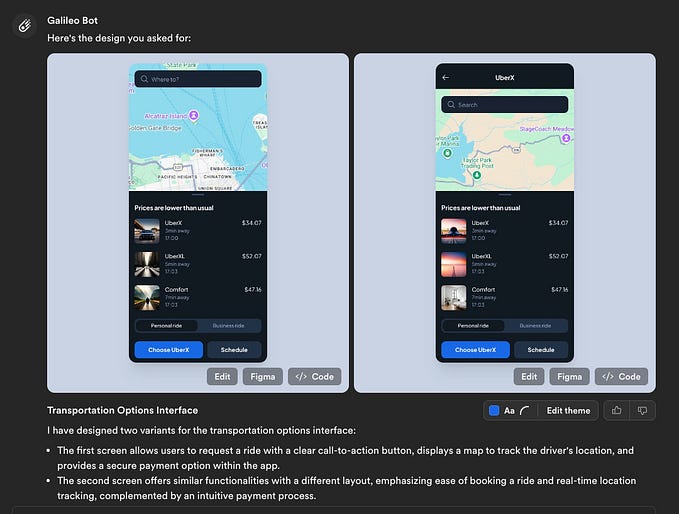Security Considerations in a Data Mesh: Protecting Decentralized Data
The data mesh offers a compelling approach to democratizing data access and driving agility. However, its decentralized nature presents unique security challenges. Neglecting these can lead to data breaches, compliance violations, and loss of trust, undercutting the value the data mesh promises to deliver.
Why Security in a Data Mesh Matters: The Statistics
The statistics paint a concerning picture:
- Data Breaches Costly and Increasing: According to IBM’s Cost of a Data Breach Report 2022, the average cost of a data breach reached $4.35 million per incident. This cost continues to rise, highlighting the financial implications of poor data security.
- Compliance Violations Carry Hefty Penalties: Regulations like GDPR and CCPA impose strict requirements on organizations to protect personal data, with non-compliance leading to substantial fines and reputational damage.
Key Security Considerations in a Data Mesh
- Fine-grained Access Control: In a data mesh, data is distributed across domains. Implement access controls that protect data at the product level, enforcing the principles of least privilege and separation of duties.
- Data Encryption: Protect data at rest and in transit using strong encryption protocols to safeguard against unauthorized access.
- Identity and Access Management: Centralized identity management ensures consistent authentication and authorization across the data mesh, minimizing the risk of rogue access.
- Data Lineage and Auditing: Establish a robust system for tracking data provenance and usage patterns, This is critical for compliance, threat detection, and incident response.
- Proactive Threat Detection and Response: Implement security monitoring tools and processes to rapidly identify and respond to potential threats to the data mesh.
Securing a Data Mesh Architecture in AWS: The Role of Lake Formation
If you’re building your data mesh in AWS, Lake Formation can play a central role in streamlining access controls and protecting your data:
- Centralized Permissions Management: Lake Formation allows you to define fine-grained permissions at table and column levels, controlling access to data across domains.
- Integration with Identity Providers: Lake Formation integrates with AWS IAM (Identity and Access Management) to provide a seamless authentication and authorization experience.
- Auditing and Compliance: Lake Formation offers detailed logging and auditing capabilities to track data access and usage, providing visibility and ensuring compliance.
Security Considerations in a Multi-Cloud Environment
When your data mesh extends across multiple cloud environments like AWS and Azure, the security landscape becomes even more complex. Key considerations include:
- Consistent Identity Management: Implement a federated identity management solution to ensure consistent authentication and authorization across different cloud providers.
- Unified Security Policies: Establish and enforce a set of common security policies to maintain control across your multi-cloud mesh.
- Centralized Monitoring and Logging: Aggregate logs and security events from all cloud providers into a central system to gain comprehensive visibility.
Important Considerations
Securing a data mesh requires a comprehensive approach beyond technical solutions:
- Security-conscious Culture: Foster a culture of data security by educating domain teams on security best practices and their role in protecting data assets.
- Robust Governance: Centralized security governance to establish consistent standards and policies across the data mesh, maintaining security as data and teams evolve.
Conclusion
Addressing security proactively is essential for realizing a successful data mesh implementation. By carefully considering these technical and organizational aspects, you can secure your data mesh and build trust in your data-driven initiatives. Remember, data protection is not just a compliance issue — it’s about enabling innovation and driving value while safeguarding your most valuable assets.











